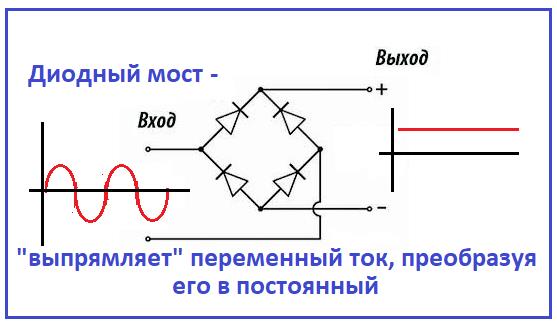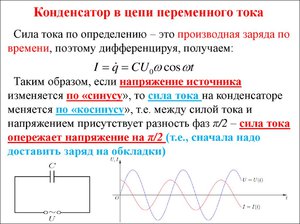
How to replace the AC line
Content
AC lines are one of the most important components in an AC system. They hold all the parts together and help move both gaseous and liquid refrigerant through the system. However, AC lines can fail over time and can leak or fail, requiring replacement.
Many different reasons can cause an air conditioning system not to blow cold air. This article focuses on replacing an AC hose only after it has been diagnosed as the cause of no cold air or leakage. There are high and low pressure lines and the replacement procedure for them will be the same.
- A warning: The EPA requires individuals or professions that work with refrigerants to be licensed under section 608 or a general refrigerant licence. When recovering the refrigerant, specialized machines are used. If you are not certified or do not have tools, then it is better to entrust restoration, vacuuming and recharging to professionals.
Part 1 of 3: Recovery of old refrigerant
Required material
- ac recovery machine
Step 1: Plug in the AC machine. The blue line will go to the low port and the red line will go to the high port.
If not already done, connect the yellow line of the disposal machine to an approved disposal container.
Don't start the process just yet. Turn on the AC recovery machine and follow the instructions for the procedure for that machine.
Step 2. Turn on the AC machine.. Follow the instructions for the individual machine.
The sensors for the high and low sides must read at least zero before the process is complete.
Part 2 of 3: Replacing the AC Line
Necessary materials
- Basic set of sockets
- Eye protection
- O-ring line
- AC line replacement
Step 1: Find the offending line. Find both ends of the line to be replaced.
Make sure it matches the new line you have before starting any repairs. Pay attention to whether there is a leak in the line and where it is flowing from, if so.
In some cases, components must be removed to gain access to the AC line. If so, now is the time to remove those parts. Remove all parts required for AC line operation.
Step 2: Disconnect the AC Line. Wear safety goggles to keep any refrigerant in the system out of your eyes when the line is disconnected.
Start by disconnecting the first end of the AC line being replaced. There are many different line styles, and each one has its own removal method. The most common thread blocks have an o-ring on one end, as shown above.
In this style, the nut will be loosened and removed. The AC line can then be pulled out of the fitting. Repeat the procedure on the other end of the AC line and set the AC line aside.
Step 3: Replace O-ring. Before installing a new line, take a look at the old AC line.
You should see an o-ring on both ends. If you can't see the o-ring, it may still be on the other end of the fitting. If you cannot find the old o-rings, make sure both fittings are clean before proceeding.
Some new AC lines may come with o-rings installed. In other cases, the O-ring must be purchased separately. If your AC line was not fitted with a new O-ring, install it now.
Lubricate the new O-ring before installing it with an approved lubricant such as AC oil.
Step 4: Set up a new line. Start at one end and place it into the fitting.
It should run smoothly and be installed straight. Make sure the O-ring is not pinched during assembly. You can now install and tighten the AC line nut at this end. Repeat the same procedure on the other end of the AC line, paying attention to the O-ring on that side.
Step 5: Install all removed parts to gain access. Now that you've installed the AC line, take a moment to double check your work.
Make sure the o-rings are not visible and both ends are torqued to specification. After checking operation, install all removed parts to gain access to the AC line.
Part 3 of 3: Vacuum, recharge and check the AC system
Necessary materials
- ac recovery machine
- User's Guide
- refrigeration
Step 1: Plug in the AC machine. Install the blue line to the low pressure port and the red line to the high pressure port.
Step 2: Vacuum the system. This procedure is performed to remove residual refrigerant, moisture and air from the air conditioning system.
Using an AC machine, place the system under vacuum for at least 30 minutes. Do this longer if you are at high altitude.
If the AC system cannot create a vacuum, there may be a leak or some other problem. If this happens, it will be necessary to check the operation and repeat the vacuum procedure until the vehicle has maintained a vacuum for 30 minutes.
Step 3: Charge the A/C Refrigerant. This is done with an AC machine connected to a low pressure port.
Disconnect the high pressure fitting from the car and place it back on the AC car. Check the amount and type of refrigerant used to charge the car. This information can be found in the owner's manual or on a tag under the hood.
Now set the AC machine to the correct amount of coolant and start the engine. Follow the machine prompts to recharge the system and make sure the operation is correct.
Now that you have replaced the AC line, you can enjoy the cool climate inside the car again. A faulty air conditioner is not only an inconvenience, but a refrigerant leak is harmful to the environment. If at any point during this procedure you have a problem, see your mechanic for quick and helpful advice.
